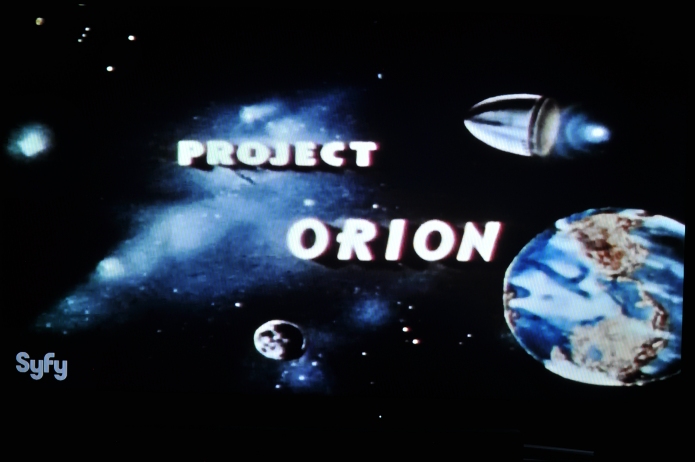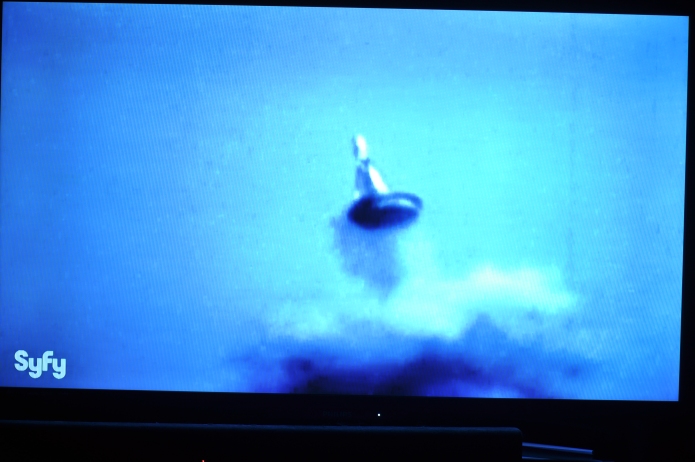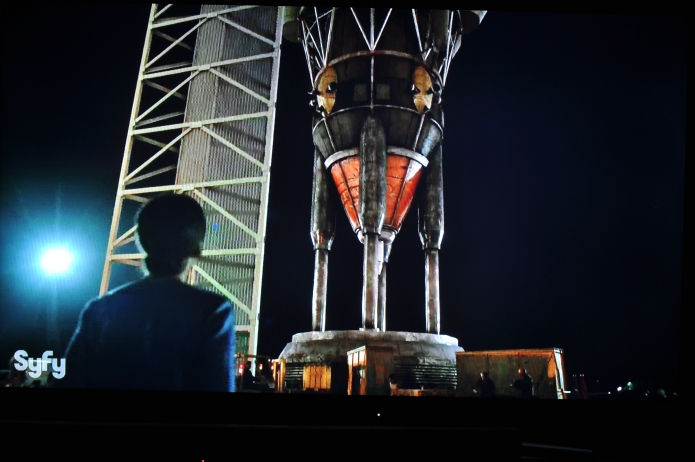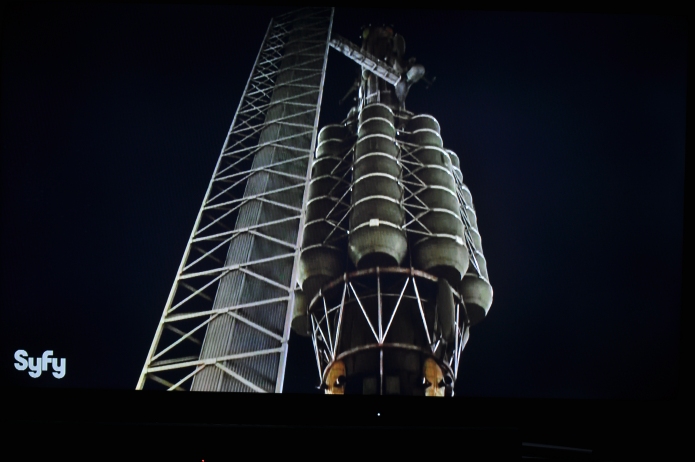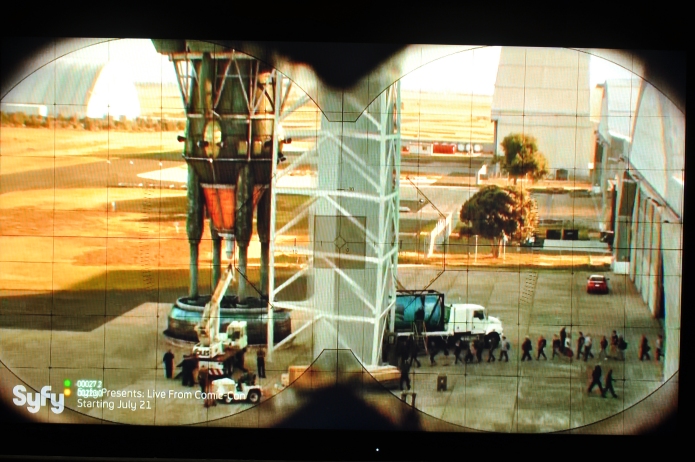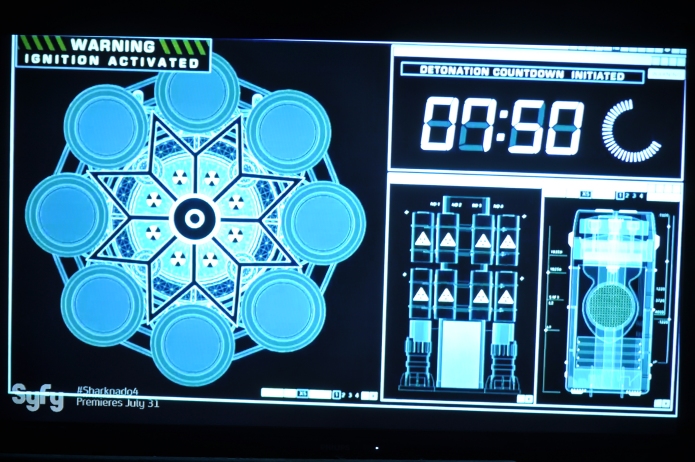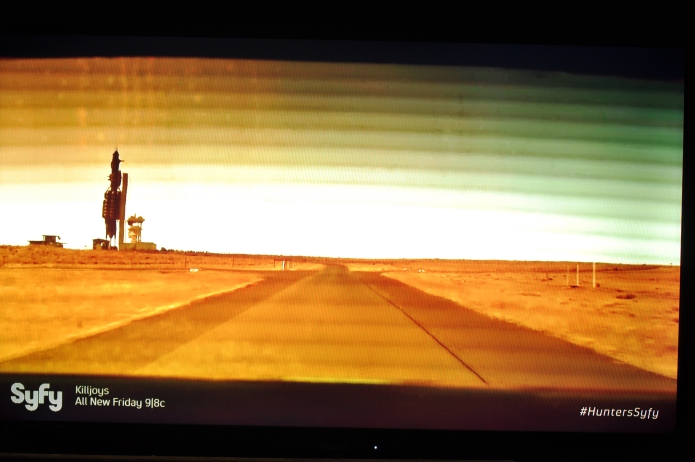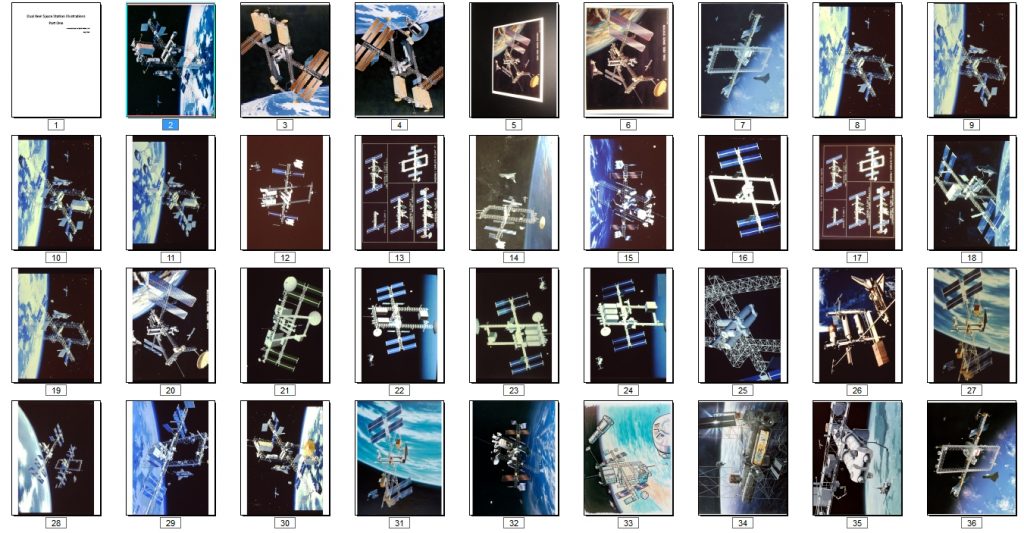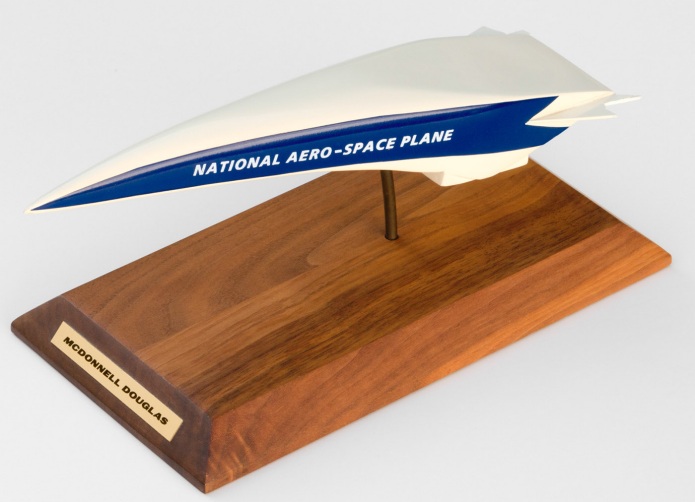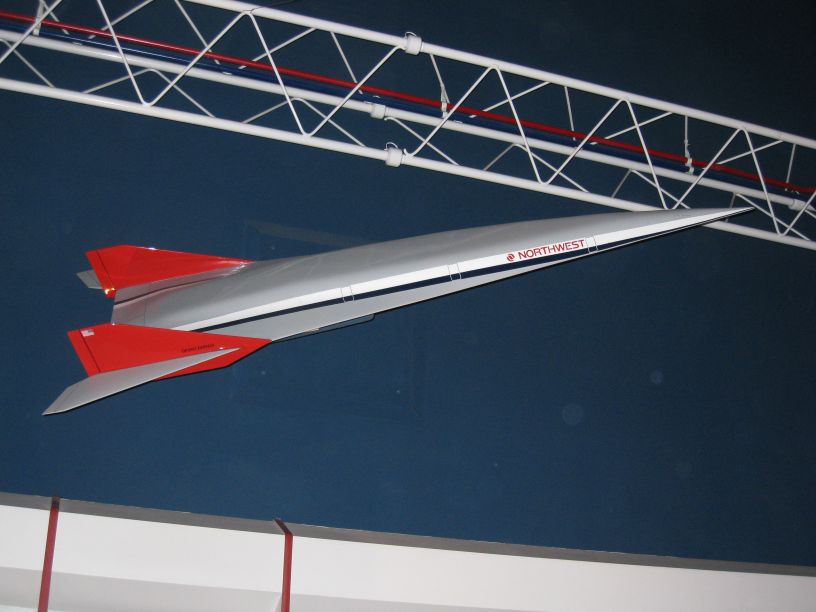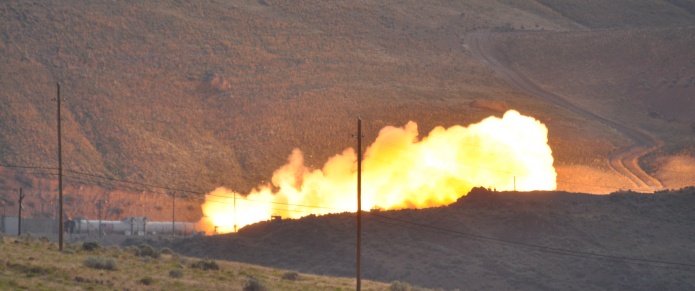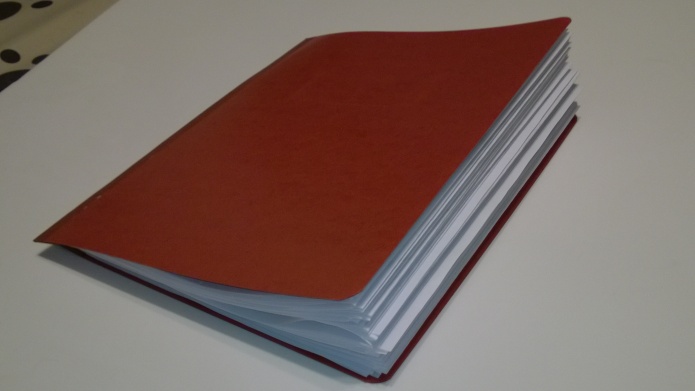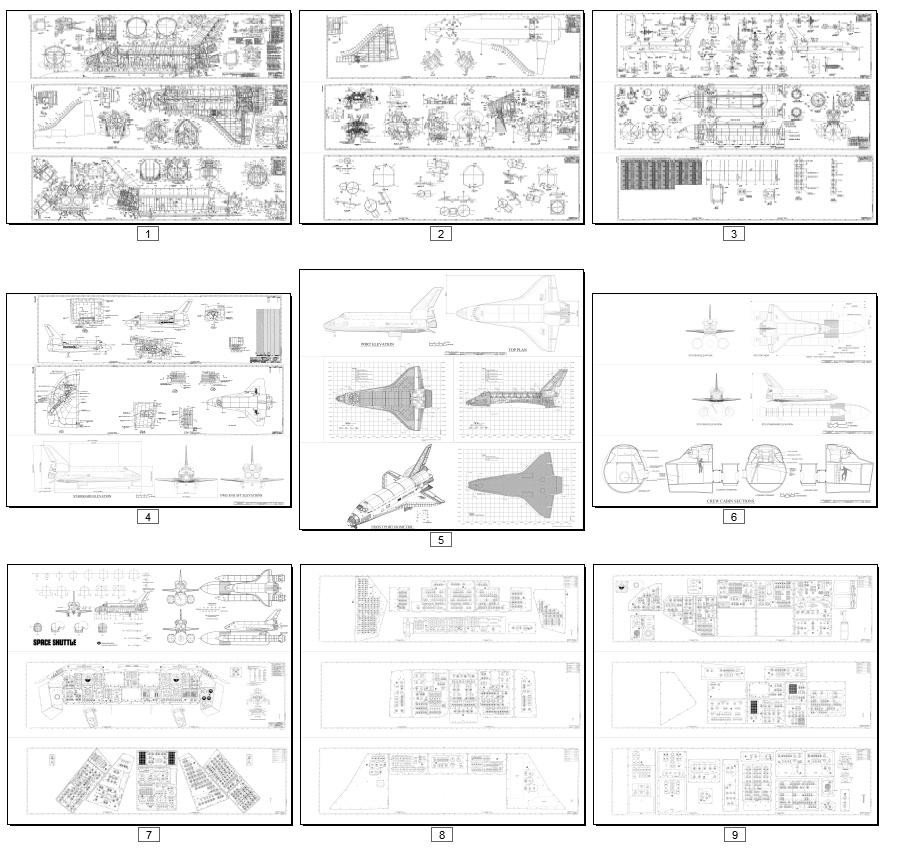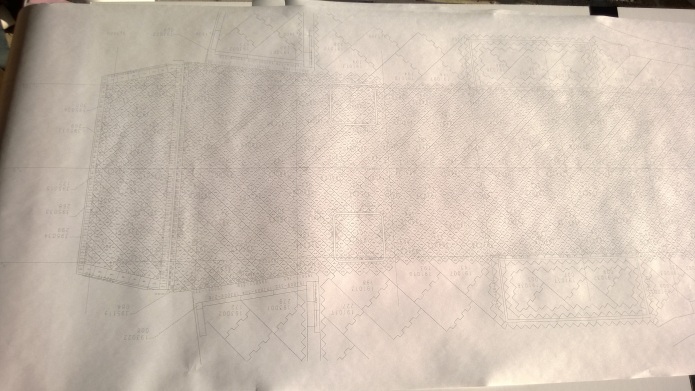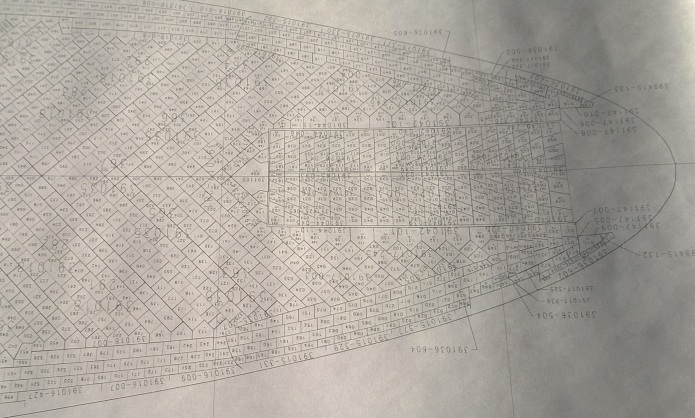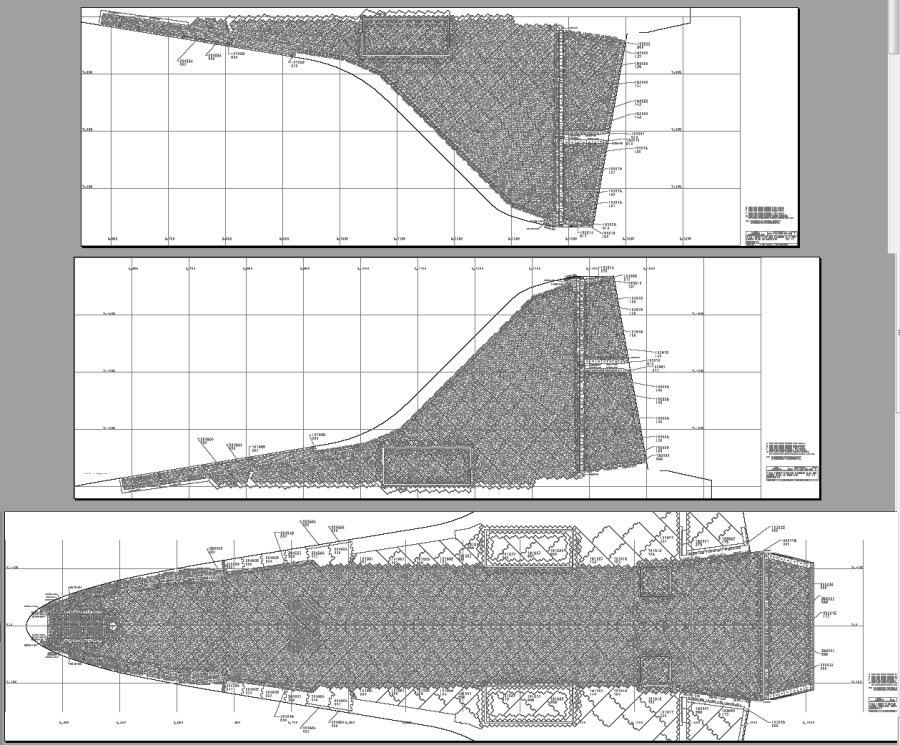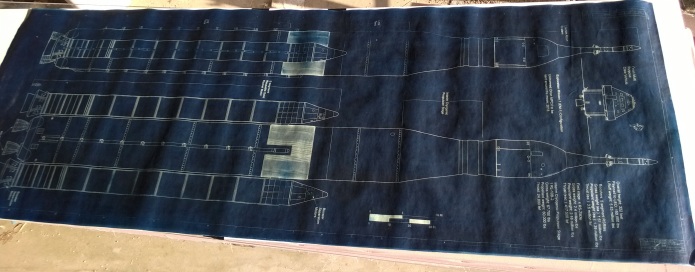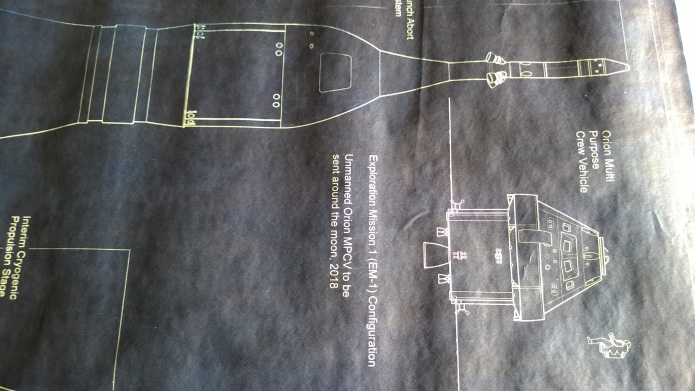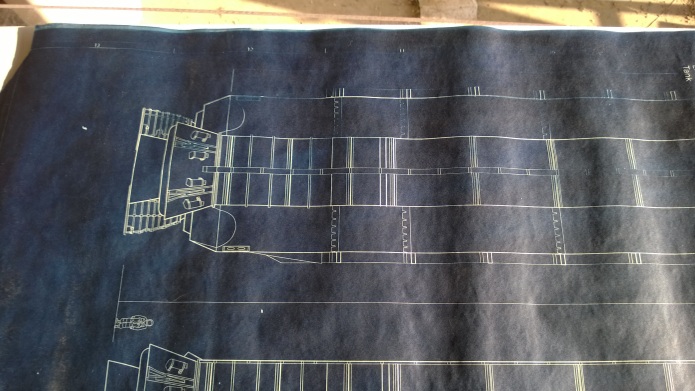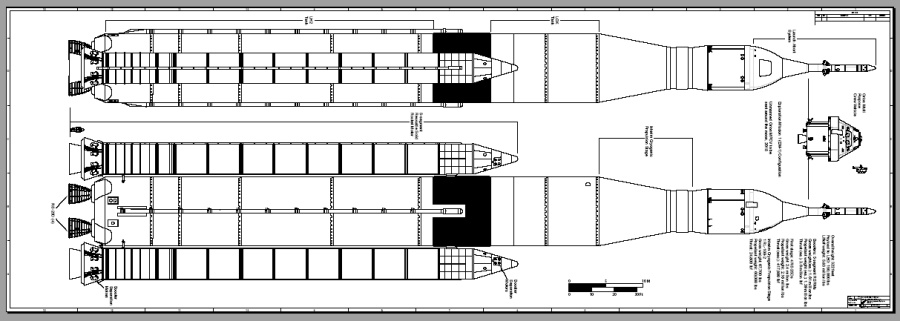For the past several months Syfy has been in a bit of a programming lull. Prestige shows like “The Expanse” have finished their seasons, and we’re many months from new episodes. Modestly entertaining shows like “Dark Matter” and “Killjoys” have only just started new seasons. Shows like “Footfall: The Series” only exist in alternate universes. So Syfy has had to rely on their tertiary shows to fill the schedule. Of of these has been “Hunters,” a generally “meh” show. Production values are good, acting is… meh. Basic idea is that a few decades ago an alien species crashed to Earth (some trouble on their colony ship, stuck in orbit around Saturn) and assumed human identities; sadly, these aliens are generally kinda dickish, what with slaughtering people and all. So there’s the requisite shadowy government organization tasked with capturing/killing the alien “Hunters.” In the last several episodes it has been clear that the aliens were working on a spaceship of some kind, somewhere off screen.
The show, as I said, is “meh” grade entertainment. Not good enough to watch live, entertaining enough to DVR and watch later, distractedly while preparing supper, working on the computer, cleaning out the litter box, whatever. So finding myself burned out a bit from the current projects I’m plugging away at today, I plopped myself before the idiot box and called up yesterdays episode. Imagine my surprise when *this* is how the show started:
This was followed by clips from relatively well-known (among space nuts, anyway) General Atomic films of tests of subscale Project Orion hardware. Static fiberglass models on up to the “Hot Rod.”
As it turns out, the ship the aliens have been building in the northern Mexican desert is an Orion. The characters describe Project Orion specifically, by name; and while the cataclysmic apocalyptic results of a small Orion launch are overblown, they otherwise don’t *totally* screw up the description.
The design of the ship… well, it’s far from perfect, but it’s actually one of the more clearly-Orion nuclear pulse vessels I’ve seen on scree. Whoever designed it clearly had access to some Orion design info. Perhaps little more than a Google image search might pull up, but still, they did a better job than anyone else can think of offhand. The screenshots below were taken via the expedient of pointing a digital camera at the TV screen.
One of the computer interfaces shown on the ship – everything is in English, which is odd given that the ship was built by and for aliens – gives a few diagrams. Shown here is a schematic of a very recognizable pulse unit.
I was of course looking forward to see how well they showed the vehicle in flight. Sadly, that did not occur.
Interesting timing, given my Space Show interview just two days ago. One of the main subjects I was thinking I would cover on the show was the depiction of Orion/NPP on film and TV, but obviously we got nowhere near that subject. Oh well…
